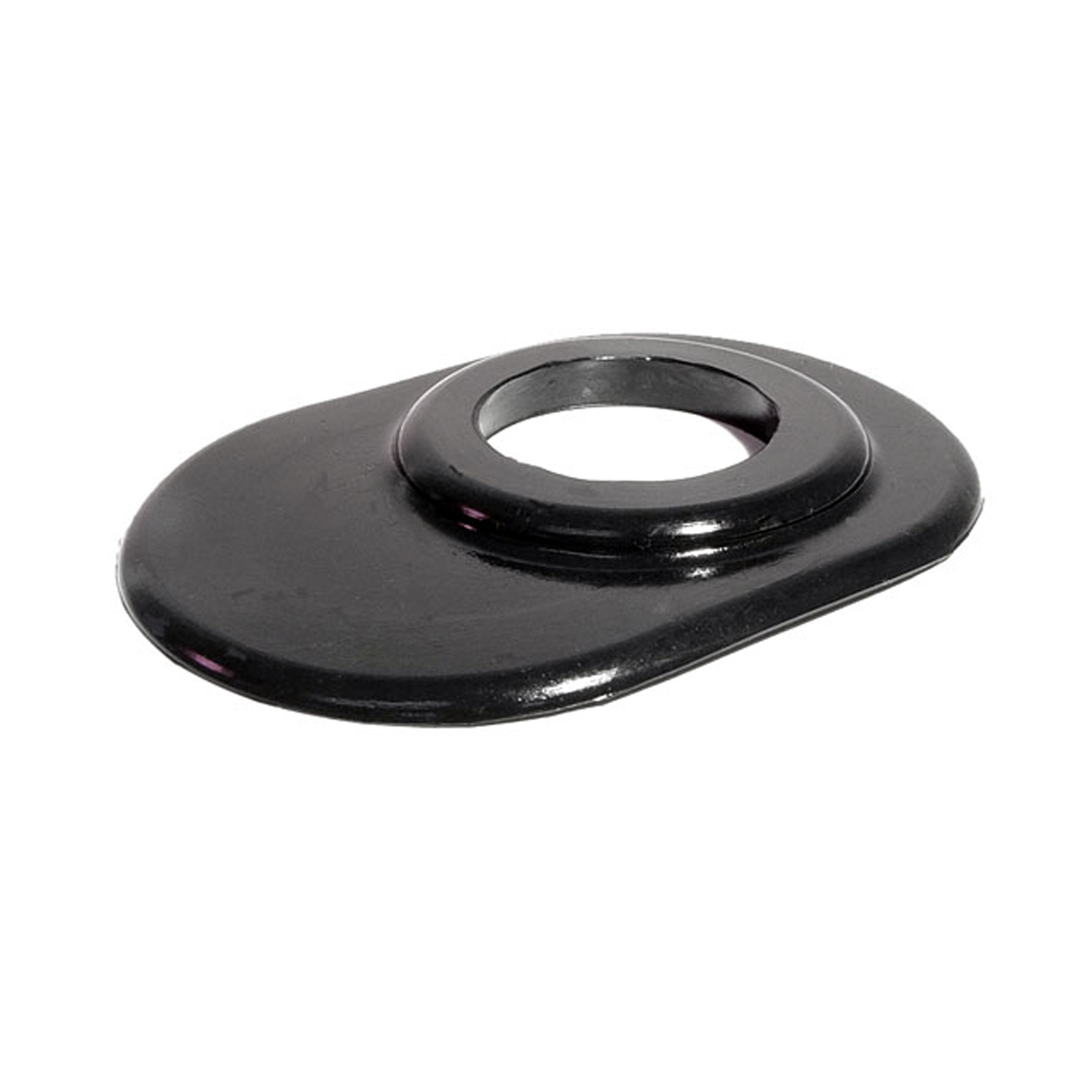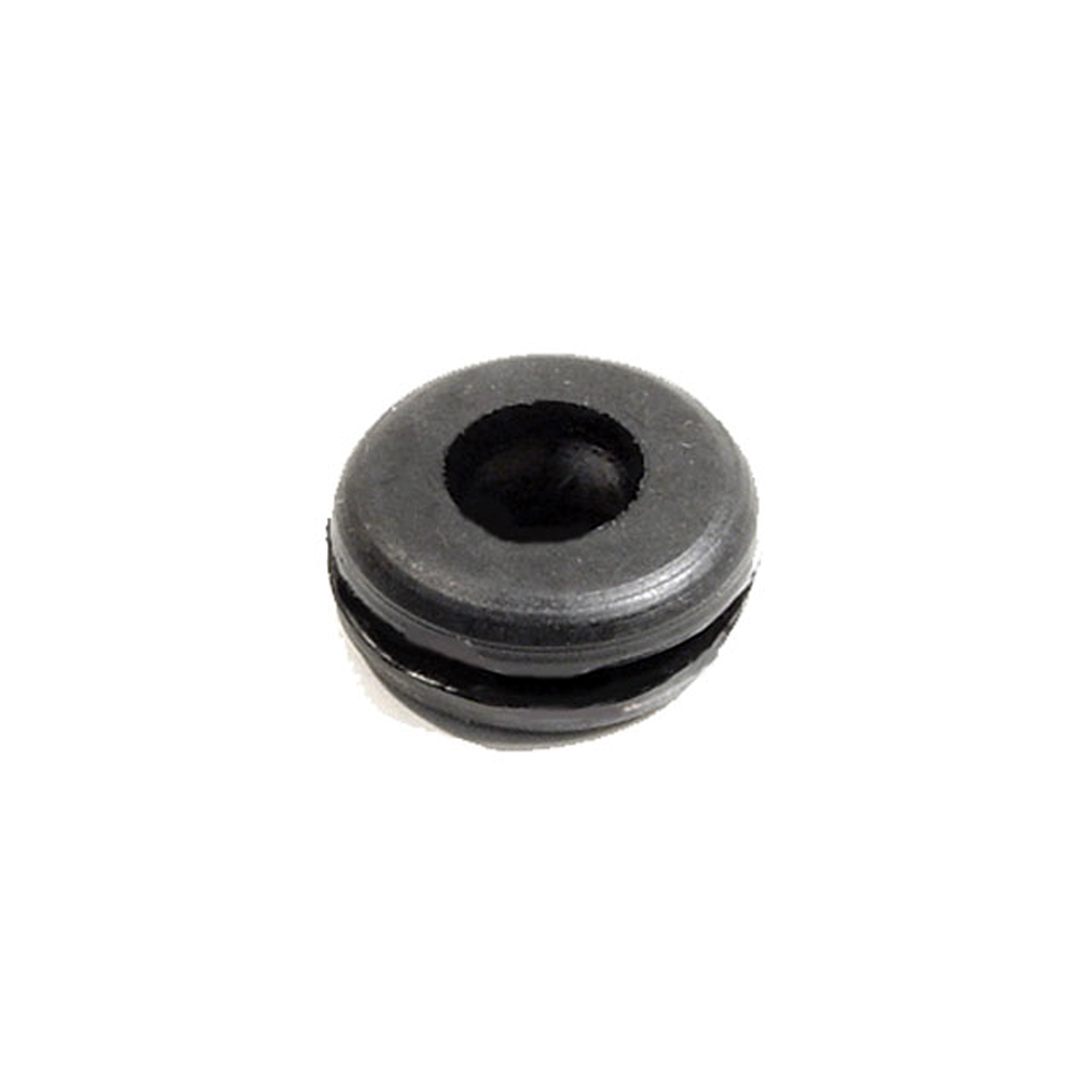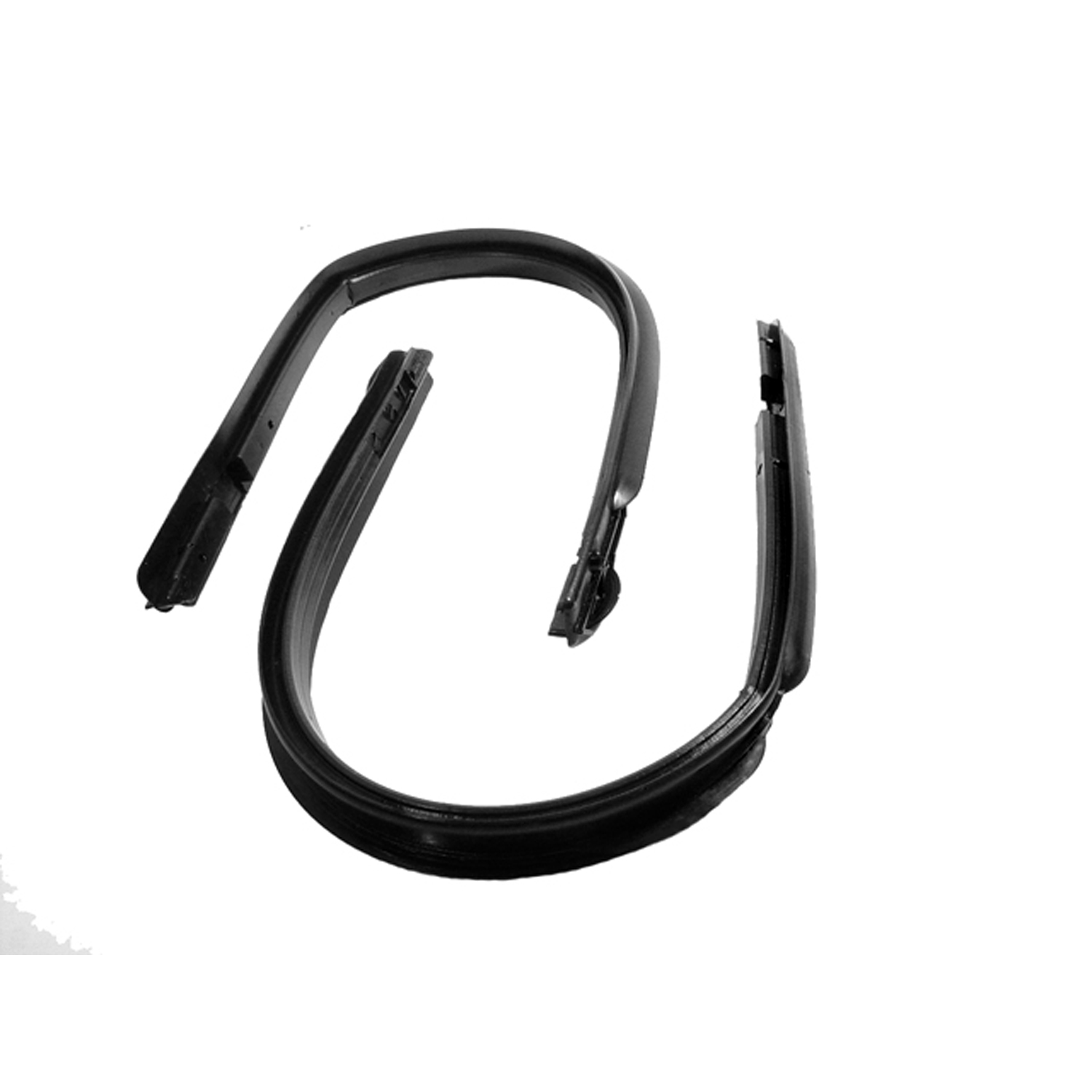Image of 1946 Studebaker M5, Note: These illustrations use artistic license and may differ from actual historical models.
Performance Metrics
Fundamental Metrics
Emotional Appeal
MMP Rating
| Engine Specifications | |
|---|---|
| Engine: | Inline 6-cylinder engine |
| Displacement: | 170 cubic inches |
| Horsepower: | Estimated 80-90 hp |
| Torque: | 150 lb-ft |
| Compression Ratio: | Estimated 6.5:1 |
| Ignition System: | Distributor and coil |
| Cooling System: | Liquid-cooled |
| Performance Specifications | |
| 0-60 Time: | Information not available |
| 1/4 Mile Time: | Information not available |
| Top Speed: | 70 mph |
| Transmission and Drive | |
| Drive Type: | Rear-wheel drive |
| Transmission Type: | 3-speed manual |
| Fuel and Efficiency | |
| Fuel System Type: | Carburetor |
| MPG: | Estimated 15-20 mpg |
| Dimensions and Brakes | |
| Brakes: | Drum brakes |
| Wheelbase: | 112 inches |
| Weight: | 3,200 lbs |
Note: Specifications for classic cars are given to the best of our ability, considering the limited and variant data available.
The Studebaker M5: A Testament to Postwar Ingenuity
The 1946 Studebaker M5 isn't just a vehicle; it's a rolling piece of history. Born in the wake of World War II, this truck symbolizes a time of recovery and progress. Studebaker, an esteemed manufacturer with roots stretching back to the 19th century, crafted this model as part of America's return to peacetime production. The M5 was not only a commercial success but also a harbinger of the innovative designs that would come to define the automotive industry in the postwar era. One particularly intriguing fact about the M5 is its role in transitioning Studebaker's reputation from a wartime producer back to a peacetime market leader.
Design and Innovation
The 1946 Studebaker M5's exterior styling was a breath of fresh air in an industry eager to shed its wartime constraints. With its bold, rounded fenders and a grille that exuded confidence, the M5 was both functional and stylish. Inside, the cabin was Spartan yet comfortable, with materials chosen for durability over luxury. Despite its utilitarian purpose, the M5 featured innovations like an optional overdrive transmission and a Climatizer heating and ventilation system, both considered advanced for the era. While color options were limited by today's standards, the rich Admiral Blue and striking Rio Brown were among the popular choices that gave the M5 a distinctive presence. The pickup body style was iconic, showcasing Studebaker's commitment to practicality and aesthetic appeal.
Historical Significance
The Studebaker M5's impact on automotive design was subtle but significant. It set itself apart with a blend of car-like comfort and truck utility, paving the way for future vehicles that would prioritize driver experience without sacrificing capability. Its design cues hinted at the streamlined, forward-thinking aesthetics that would dominate Studebaker's lineup in the coming decades.
Performance and Handling
Under the hood, the M5 was powered by a 169.6 cubic-inch inline-six engine, delivering modest performance with a top speed that could reach up to 60 mph—a respectable figure for a utility vehicle at the time. Acceleration was not its forte, but reliability was. On the road, the M5 handled with a reassuring sturdiness, absorbing bumps with grace and maintaining composure on windy roads. Driving an M5 was an exercise in mechanical harmony, with the hum of its engine and the solid feel of its ride creating a uniquely satisfying experience.
Ownership Experience
The Studebaker M5 found its place as a daily driver for small businesses and as a dependable workhorse on American farms. Its straightforward design made maintenance manageable for the average owner, and its robust construction meant it could endure years of service with proper care. Even today, these trucks are cherished by collectors for their simplicity and ease of restoration.
Fun Facts
The M5 holds a special place in Americana, occasionally appearing in period films and television shows. While not known for breaking speed records, it has earned a reputation for reliability. Criticisms were few but typically centered on its modest power output—though most owners recognized that this truck was built for work, not speed.
Collector's Information
Today, the 1946 Studebaker M5 is a prized piece for collectors. While exact production numbers are hard to come by, it's estimated that tens of thousands were produced. As for value, well-preserved or expertly restored models can fetch anywhere from $20,000 to $40,000 or more, depending on their condition and originality. The market has seen a steady appreciation for these trucks as they embody both nostalgia and timeless design.
Conclusion
The 1946 Studebaker M5 is more than just an old truck; it's a symbol of America's postwar resurgence and industrial might. It represents a pivotal moment when functionality met beauty on the open road. For collectors and enthusiasts alike, the M5 is not just an investment; it's a piece of history that continues to tell its story—one mile at a time.
1946 Studebaker M5 Catalog of Parts
 1946 Studebaker M5 Spring and Shackle Bushing. 7/8" bottom O.D-BN 15Spring and Shackle Bushing. 7/8" bottom O.D. X 1-1/8" high, with 1/2" I.D. Each
1946 Studebaker M5 Spring and Shackle Bushing. 7/8" bottom O.D-BN 15Spring and Shackle Bushing. 7/8" bottom O.D. X 1-1/8" high, with 1/2" I.D. Each 1946 Studebaker M5 Gas Filler Grommet. Perfect reproduction. Top 2-1/16" I.D-GF 45Gas Filler Grommet. Perfect reproduction. Top 2-1/16" I.D., 3-7/16" O.D. Each
1946 Studebaker M5 Gas Filler Grommet. Perfect reproduction. Top 2-1/16" I.D-GF 45Gas Filler Grommet. Perfect reproduction. Top 2-1/16" I.D., 3-7/16" O.D. Each 1946 Studebaker M5 Steering Column Grommet. For 4-speed models. Each-SC 24Steering Column Grommet. For 4-speed models. Each
1946 Studebaker M5 Steering Column Grommet. For 4-speed models. Each-SC 24Steering Column Grommet. For 4-speed models. Each 1946 Studebaker M5 Steering Column Grommet. For 3-speed models. Each-SC 24-ASteering Column Grommet. For 3-speed models. Each
1946 Studebaker M5 Steering Column Grommet. For 3-speed models. Each-SC 24-ASteering Column Grommet. For 3-speed models. Each 1946 Studebaker M5 Headlight & Tail-Light Wire Grommet. 3/8" I.D., 7/8" O.D-SM 13-AHeadlight & Tail-Light Wire Grommet. 3/8" I.D., 7/8" O.D. Each
1946 Studebaker M5 Headlight & Tail-Light Wire Grommet. 3/8" I.D., 7/8" O.D-SM 13-AHeadlight & Tail-Light Wire Grommet. 3/8" I.D., 7/8" O.D. Each 1946 Studebaker M5 Front Vent Window Seals. 28-7/8" long each. Pair R&L-WR 9401Front Vent Window Seals. 28-7/8" long each. Pair R&L
1946 Studebaker M5 Front Vent Window Seals. 28-7/8" long each. Pair R&L-WR 9401Front Vent Window Seals. 28-7/8" long each. Pair R&LWhy Choose Metro?
For over 100 years, Metro Moulded Parts has been the pinnacle of quality in classic car restoration parts. Our commitment to precision and authenticity in every component ensures a perfect fit and an OEM-level appearance.
- Expert Craftsmanship & Quality: Each part is a testament to our dedication to reliability and perfection, crafted from original designs and thoroughly tested.
- Advanced Technology: We use cutting-edge techniques to create flawless, long-lasting parts that surpass others in performance.
- SuperSoft Sponge – The Ultimate Door Seal: Not only are our door seals 30% softer than competitors', but they're also guaranteed to never leak. They effectively reduce wind and road noise, enhancing your classic car's comfort and driving experience.
- Proudly American: Our parts are a product of American craftsmanship, made in the USA with a spirit of excellence and heritage.
- Unrivaled Warranty: We back our products with a 30-year industry-leading warranty, a testament to our confidence in their quality.
Join us in preserving the legacy of classic cars with parts that are crafted for perfection, not just made.

